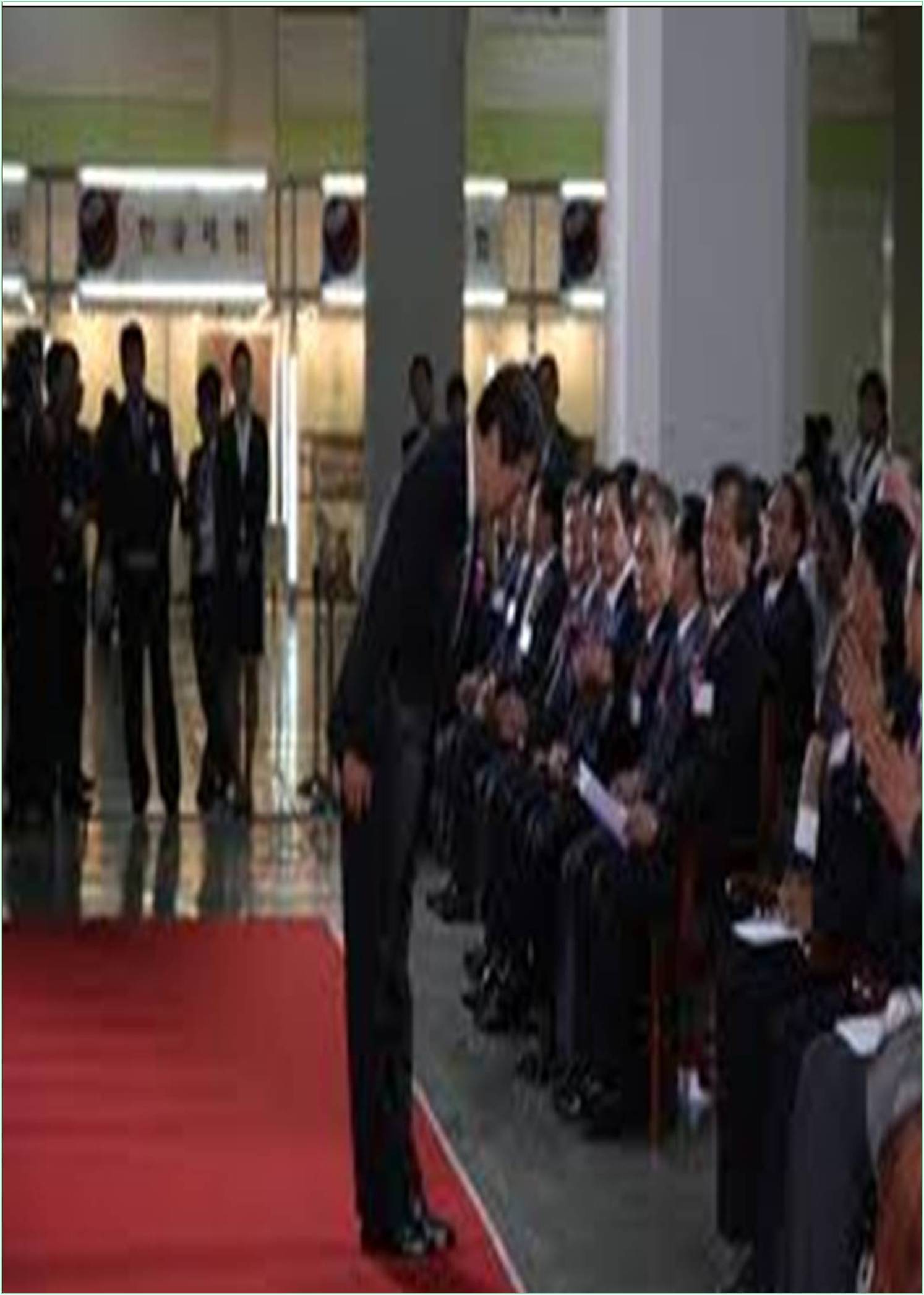



Received: 15-Nov-2022, Manuscript No. JPAPR-23-85419; Editor assigned: 18-Nov-2022, Pre QC No. JPAPR-23-85419(PQ); Reviewed: 02-Dec-2022, QC No. JPAPR-23-85419; Revised: 08-Dec-2022, Manuscript No. JPAPR-23-85419(R); Published: 16-Dec-2022, DOI: 10.15651/JPAPR.22.4.010
Japanese public administration research, particularly that conducted by young academics, is increasingly being published in English. For instance, Kaihara (2008) discussed in English the Koizumi Reforms of Japan's political and economic structure, as well as their features and importance. In addition, Lee and Kim (2019) looked at how welfare employees other than state servants such as civic advocacy groups are used differently in Japan and Korea in the context of welfare system reform from a global comparative viewpoint. From a global perspective, Rothacher (2010) gave an overview of the reflation measures taken during the so-called lost decade (1992-2002), as well as their effects and characteristics. However, since the Meiji era, public administration and other academic courses have primarily been created in Japanese, the country of Japan, in order to catch up to the West in terms of nation growth Japanese research on public administration is now more frequently published in English; however reading these papers alone makes it difficult to comprehend the background in terms of research viewpoint and practical implications in Japan. Japanese public administration specialists have authored publications that examine Japanese public administration in English; however they are few in number. A thorough overview and history of Japanese public administration were presented in English by Tsuji (1984), a renowned public administration expert and professor at the University of Tokyo. Academics in fiscal studies Doi and Ibori (2009) offered a more recent summary of the Japanese public sector. Only a small number of Japanese scholars have presented the research trends of Japanese administration as whole or historical changes over a certain period of time in English, despite the fact that many Japanese scholars have presented their research on individual administrations in English, such as Sugimura (2020), who recently presented his research on port administration in English. One notable exception is Hino and Chronopoulos's (2021) study on broken windows theory-based crime reduction strategies adopted in Tokyo's Adachi-ku, which was published in an international journal in English. The author's study is the only one that discusses current major trends in Japanese public administration research using quantitative techniques like bibliometric analysis, despite the fact that the number of studies published in English on specific policy areas is rising in line with the internationalization of research in Japan. In order to quantitatively evaluate the research patterns of postwar public administration in Japan, this study studied the titles of articles in Public Administration Review Quarterly of Japan from its first (1978) to 165th issue (2019). This journal, one of the most well-known in the field of Japanese public administration, is published four times a year by the Institute of Administrative Management in Japan. The Ministry of Internal Affairs and Communications and the institution have a tight relationship. Similar bibliometric analysis has already been carried out for the Annals of the Japanese Society for Public Administration, a prestigious magazine, and published in Japanese (Moteki 2020). The postwar Showa and Heisei eras are included in the phrase "42 years." The Showa era, according to the Western calendar, runs from 1926 to 1989. The demilitarization and democratization of Japan have advanced since its defeat in World War II (WWII) in 1945 during the Showa era, providing the groundwork for the current Japanese political system. After World War II, public administration in the United States had a significant impact on public administration studies in Japan. At first, emphasis was placed on introducing American theories. But as more research has been conducted in Japan, there has been a rise in studies looking for answers to the country's administrative problems.